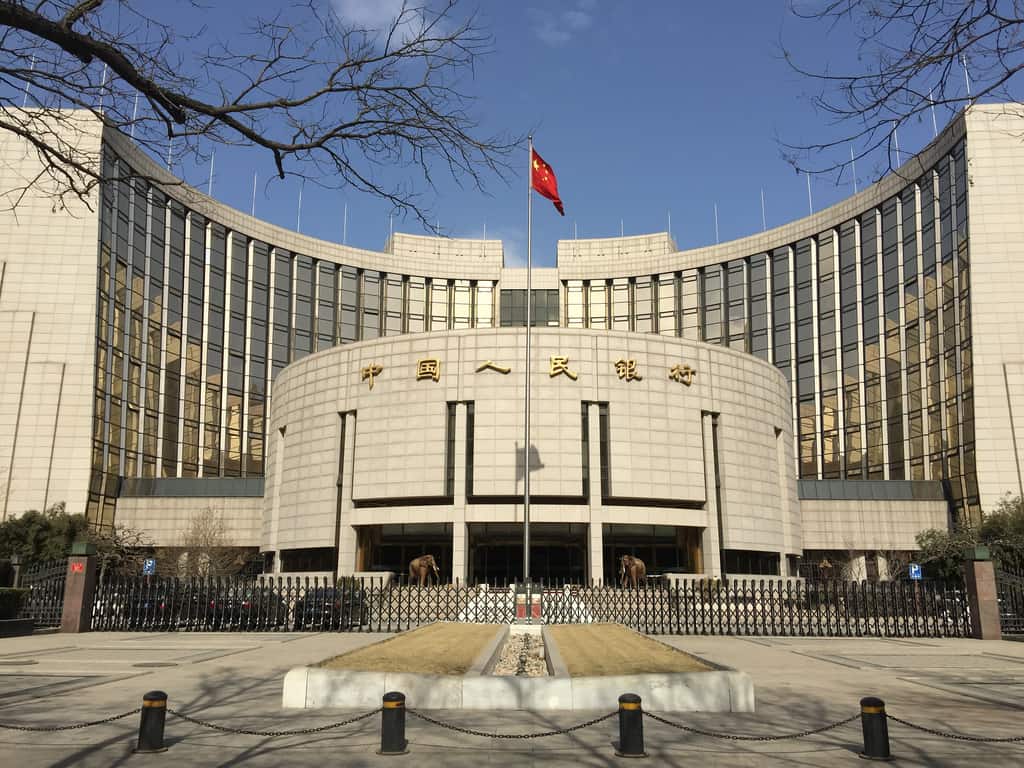The People’s Bank of China (PBOC) has flagged adjustments to benchmark rates for bank deposits as part of broader efforts to mitigate the economic impacts of the coronavirus.
PBOC deputy-governor Liu Guoqiang (刘国强) said over the weekend that the central bank would “implement appropriate adjustments when appropriate” to the deposit rate in future, in accordance with the arrangements of the State Council, and after given comprehensive consideration to fundamentals including economic growth and price levels.
Liu also said that the next step would be for PBOC to continue to “maintain rationally ample liquidity levels, drive loan prime rate reforms to unleash the potential for financial institutions to reduce lending rates, expedite marked declines in real interest rates for loans, and ensure there is marked progress in resolving the problem of expensive and difficult financing for micro and small enterprises.”
Chinese authorities have driven declines in key lending rates since the start of February, as they endeavour to prime the economy amidst the spread of the coronavirus.
On 3 February PBOC reduced the 7-day reverse repo rate to 2.4% from 2.5%, and the 14-day reverse repo rate to 2.55% from 2.65%, for a 10% trim across the board.
PBOC made a mammoth 1.7 trillion yuan injection over the two day period from 3 – 4 February via reverse repo operations.
On 17 February PBOC reduced the rate for its one-year MLF’s by 10 basis points to 3.15%, and on 20 February the National Interbank Funding Center announced a one-year loan prime rate (LPR) of 4.05%, for a decline of 10 basis points compared to January, and a five-year LPR of 4.75%, for a decline of 5 basis points.
Liu said that he expects lending to maintain stable growth in 2020, and growth in total social financing to continue to adjust to economic growth.
While the novel coronavirus could produce a definite impact upon the Chinese economy, Liu said that it timeframe and scale would be limited, and that the fundamentals of long-term improvement and high-quality growth in the Chinese economy would remain unchanged.
Liu highlighted the importance of continuing to properly perform the “six stabilities,” scientifically grasp counter-cyclical adjustments, and make flexible and moderate adjustments to stable monetary policy, in order to reduce the impact of the coronavirus on the economy to the greatest extent possible.
Key measures highlighted by Liu included:
- Continuing to make effective use of specialist re-lending policies, and providing targeted support to key enterprises.
- Making effective use of the support role of structural monetary policy tools.
- Further employing the support role of China’s policy banks.
- Maintaining rationally ample liquidity, and guiding declines in overall market rates.
- Exploring the adoption of measures such as unified, automatic rollovers for loans that have already been made, depending upon the severity of the coronavirus situation in different parts of China. Refrain from including defaults on loans as a result of the coronavirus in credit records, and providing preferential policies for different types of loans based on their risk categorisation.
Related stories
23 Chinese Banks Reduce Interest Rates for Business Loans During Coronavirus Outbreak


